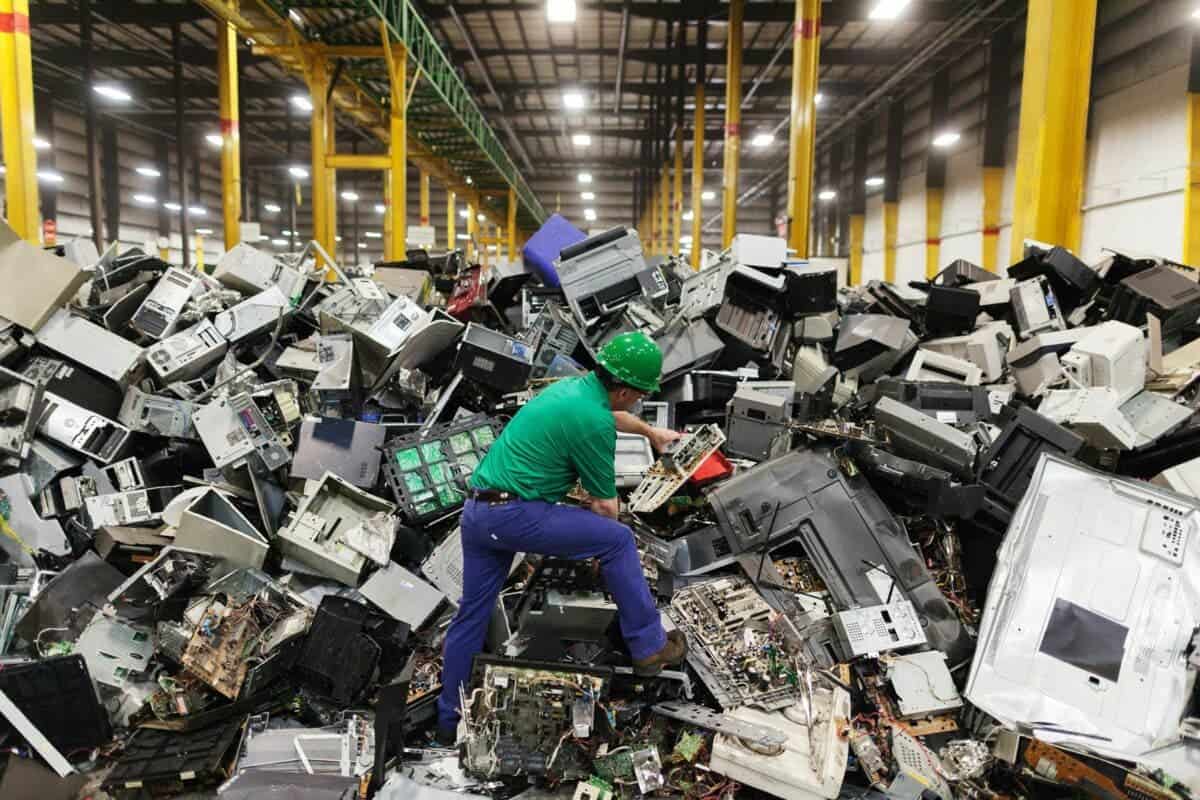The recently released “Global E-Waste Monitoring Report 2024” by the United Nations Institute for Training and Research (UNITAR) and the United Nations International Telecommunication Union (ITU) sheds light on the alarming trend of electronic waste (e-waste) accumulation worldwide. The report reveals a staggering growth rate of 2.6 million metric tons per year in the generation of e-waste, highlighting a critical problem that requires immediate attention.
Definition and forecasting of e-waste
E-waste, which includes discarded devices with plugs or batteries such as phones, TVs and laptops, excludes waste from electric vehicles. The report predicts a significant increase in e-waste generation, with an estimated 62 million tonnes generated in 2022 alone, equivalent to filling 1.55 million 40-tonne trucks. By 2030, annual e-waste production is expected to jump to a frightening 82 million tonnes.
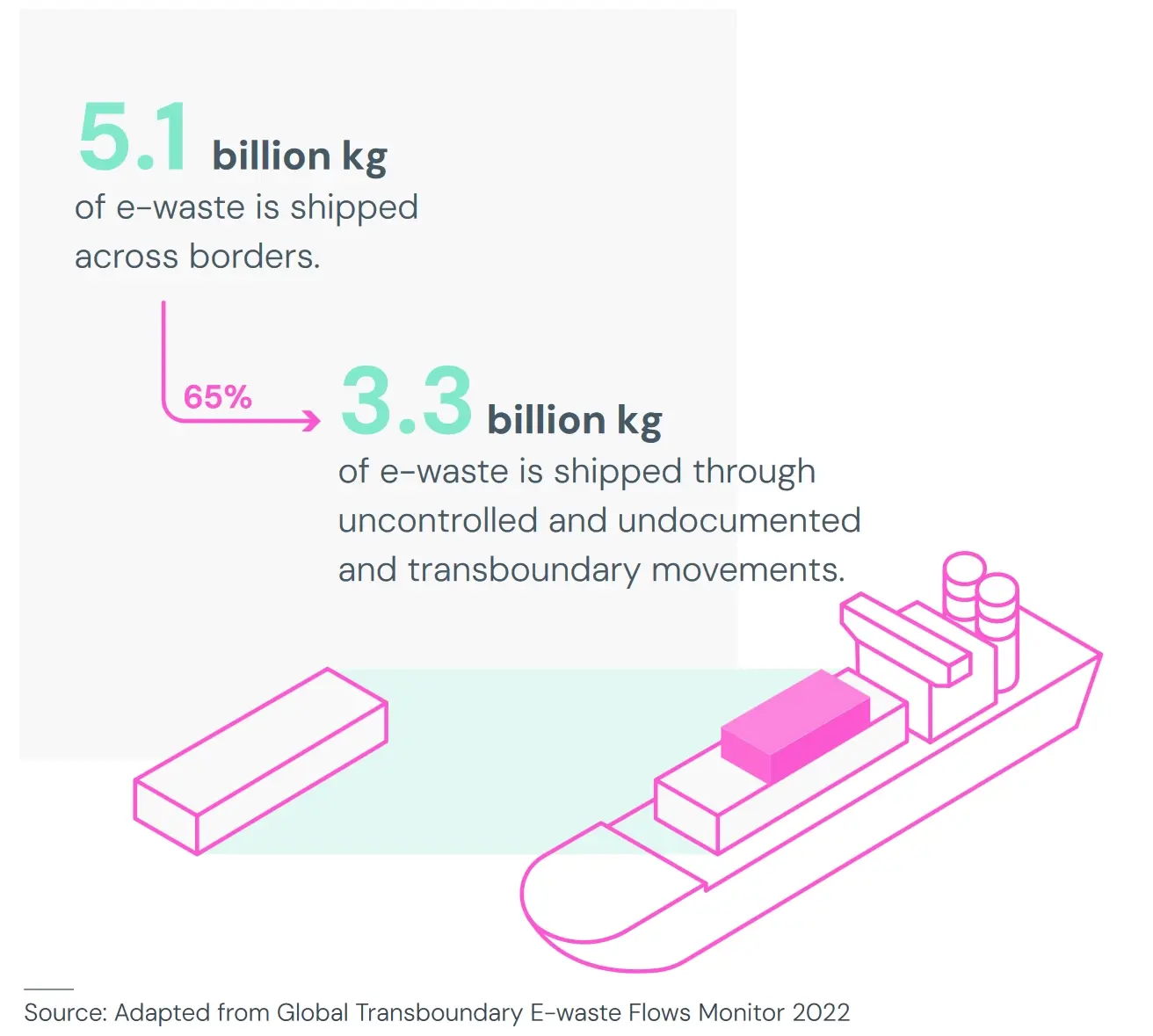
Recycling challenges and concerns
The report reveals that in 2022, despite the huge volume of e-waste, only 22.3% (13.8 million tonnes) will enter official registers. This is the waste that is properly recycled. This highlights a significant gap between e-waste generation and recycling efforts, with recycling rates lagging five times the generation rate. Forecasts suggest a further decline of up to 20% by the end of the decade due to technological limitations, limited repair options, shortened product life cycles and a surge in electronics consumption.
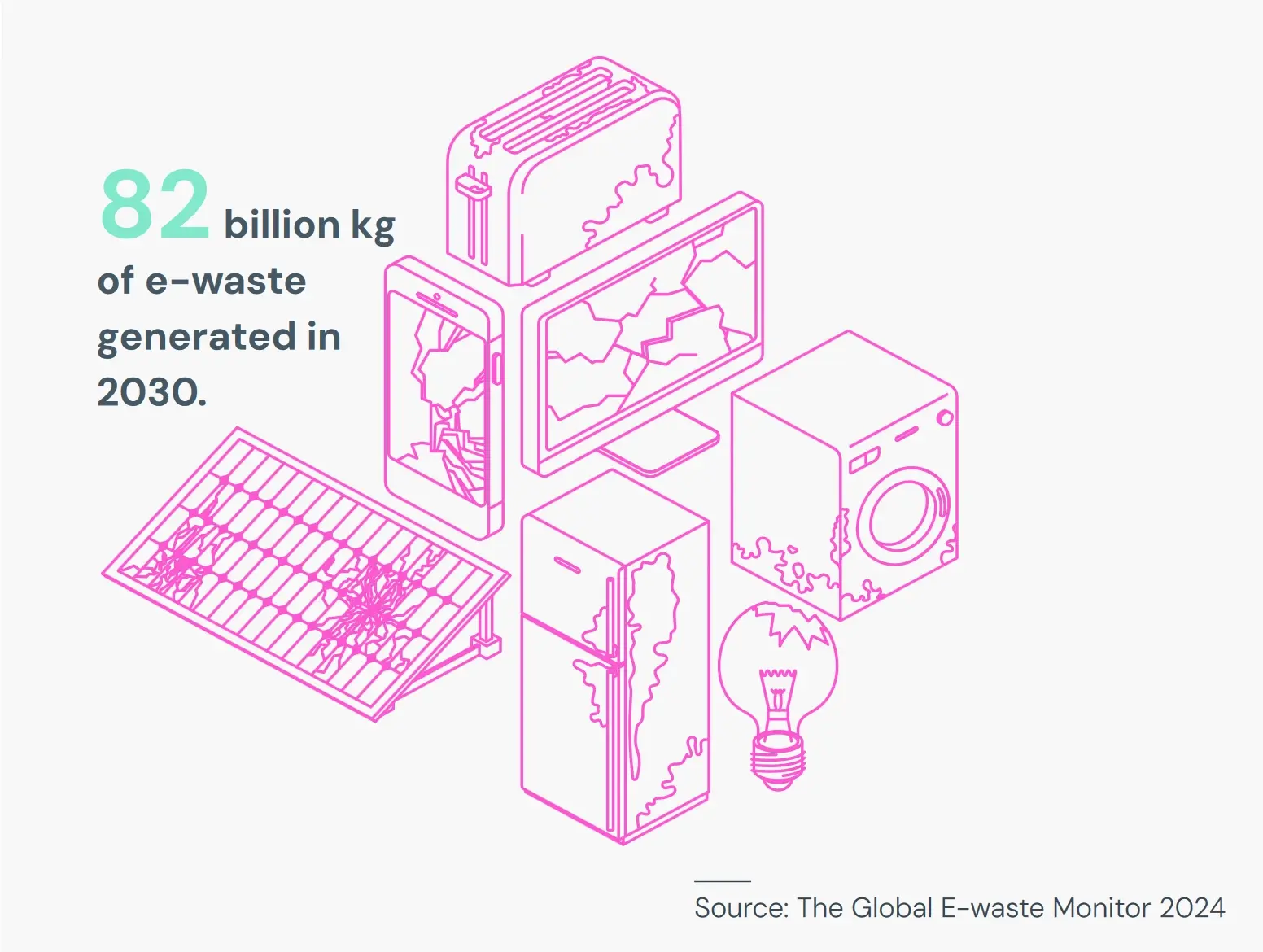
Global differences in e-waste management
The rate of e-waste generation and recycling shows considerable variation across regions. Europe is the leader in e-waste production per capita with 17.6 kilograms, while America follows closely behind with 14.1 kilograms. However, official collection and recycling rates paint a different picture, with Europe boasting a rate of 42.8%, compared to 41.4% in Oceania, 30% in the Americas, 11.8% in Asia and just 0. 7% in Africa.
Gizchina News of the week
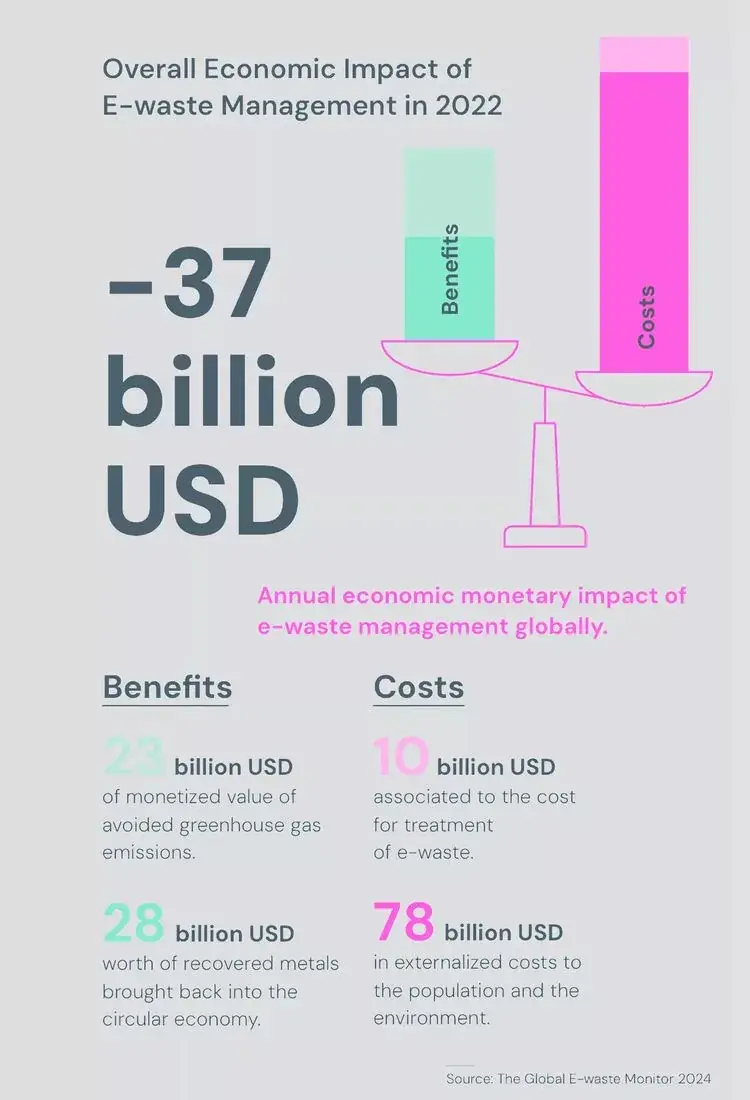
A call for global action
Kosmas Luckison Zavazawa, Director of the ITU Telecommunications Development Bureau, emphasizes the urgent need for global cooperation to address the escalating e-waste crisis. Highlighting the inadequacy of e-waste management measures in nearly half of the world’s countries and regions, Zawazawa underscores the need for improved legislation, recycling mechanisms and technological advances to effectively address this urgent problem.
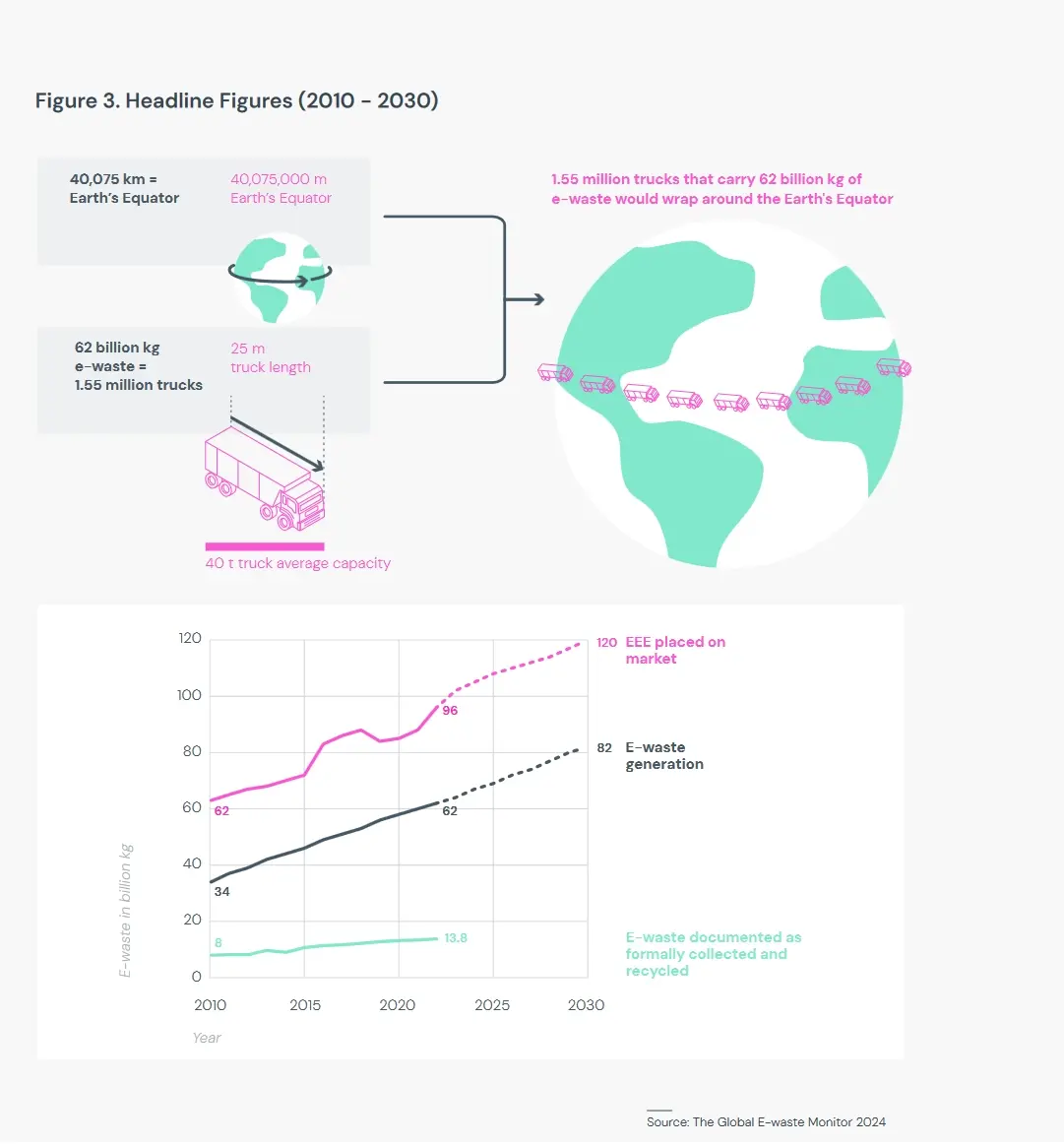
He said
New research shows that the global challenge posed by e-waste is only growing. Less than half of the world’s countries and regions have implemented e-waste management measures, which means that global efforts are needed to continuously improve laws and regulations, establish and improve recycling mechanisms, improve recycling technology, etc. .n.
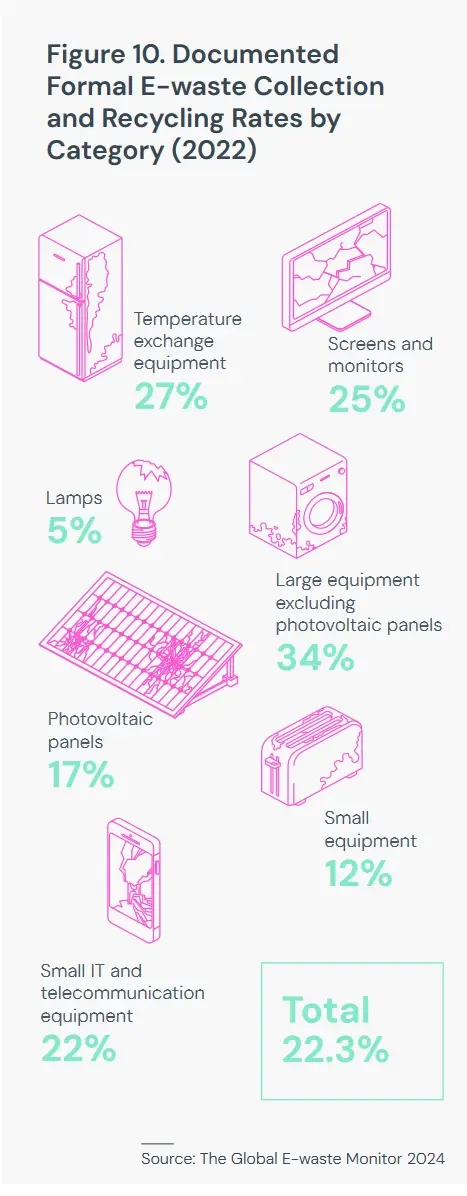
Economic and environmental consequences
The report not only highlights the impact of e-waste on the environment, but also reveals its significant economic costs. Estimates of the net monetary cost of e-waste are a staggering $37 billion annually. Projections show that if there are no significant improvements in e-waste management policies and practices, this figure will escalate to $40 billion by 2030.
Conclusion
In conclusion, the UN report serves as a stark reminder of the escalating global e-waste crisis. It highlights the critical need for a concerted effort to increase recycling rates. It also calls for the implementation of effective e-waste management strategies. This will help mitigate the environmental and economic consequences of uncontrolled e-waste generation. Only through joint action on a global scale can we hope to address this urgent challenge. If we tackle the problem, we can pave the way for a more sustainable future for e-waste management.
UN Report Highlights Alarming Rise in Global E-Waste Generation

